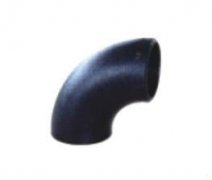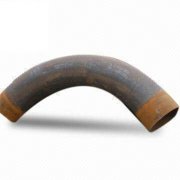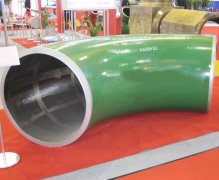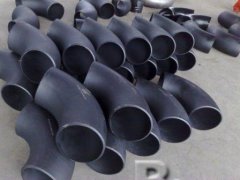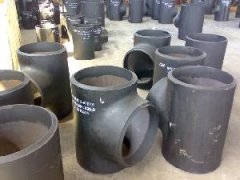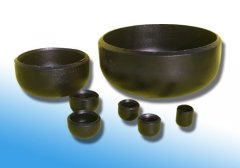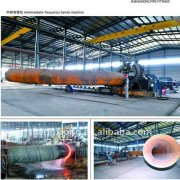Computational Fluid Dynamics Simulations of Pipe Elbow Circulation
Computational Fluid Dynamics Simulations of Pipe Elbow Circulation
Abstract
1 trouble experiencing today’s nuclear electricity sector is flow-accelerated corrosion and erosion in pipe elbows. The Korean Atomic Electrical power Investigate Institute (KAERI) is carrying out
experiments within their Flow-Accelerated Corrosion (FAC) check loop to raised characterize these
phenomena, and develop highly developed sensor technologies to the affliction monitoring of significant
elbows over a continual foundation. In parallel using these experiments, Sandia Nationwide Laboratories is accomplishing Computational Fluid Dynamic (CFD) simulations on the flow in a single elbow from the
FAC test loop. The simulations are now being performed using the FLUENT professional software
created and promoted by Fluent, Inc. The design geometry and mesh were being established utilizing the
GAMBIT software, also from Fluent, Inc. This report documents the effects of the simulations
that have been produced to date; baseline results using the RNG k-e turbulence product are
presented. The anticipated benefit to the diametrical tension coefficient is in reasonably great
settlement with posted correlations. Plots in the velocities, stress subject, wall shear stress,
and turbulent kinetic electricity adjacent towards the wall are proven inside the elbow portion. Somewhat
to our surprise, these show that the most values of both equally wall shear strain and turbulent kinetic strength occur in close proximity to the elbow entrance, to the internal radius of the bend. More
simulations have been carried out for the same situations, but together with the RNG k-e design replaced by
either the regular k-e, or perhaps the realizable k-e turbulence product. The predictions utilizing the
typical k-e design are pretty similar to all those attained in the baseline simulation. However, with
the realizable k-e product, far more important differences are obvious. The maximums in both wall
shear strain and turbulent kinetic power now appear about the outer radius, near the elbow exit,and so are ~11% and 14% higher, respectively, than people predicted in the baseline calculation;
secondary maxima in both of those quantities however come about in the vicinity of the elbow entrance to the inner radius.
Which established of benefits better displays truth need to await experimental corroboration. More
calculations reveal that if FLUENT’s radial equilibrium tension
distribution choice is employed in the Force OUTLET boundary condition has no major
influence about the flowfield around the elbow. Simulations done with and without the need of the chemical
sensor and involved assist bracket which were current within the experiments show that the
latter have a negligible impact on the move within the vicinity in the elbow. The point that the
maxima in wall shear strain and turbulent kinetic energy occur around the inner radius is consequently
not an artifact of getting launched the sensor into your flow
下一篇:ASTM a420 wpl6 Pipe Elbow for Low-Temperature Service,SA420 LR/SR Elbow
(Tag):


